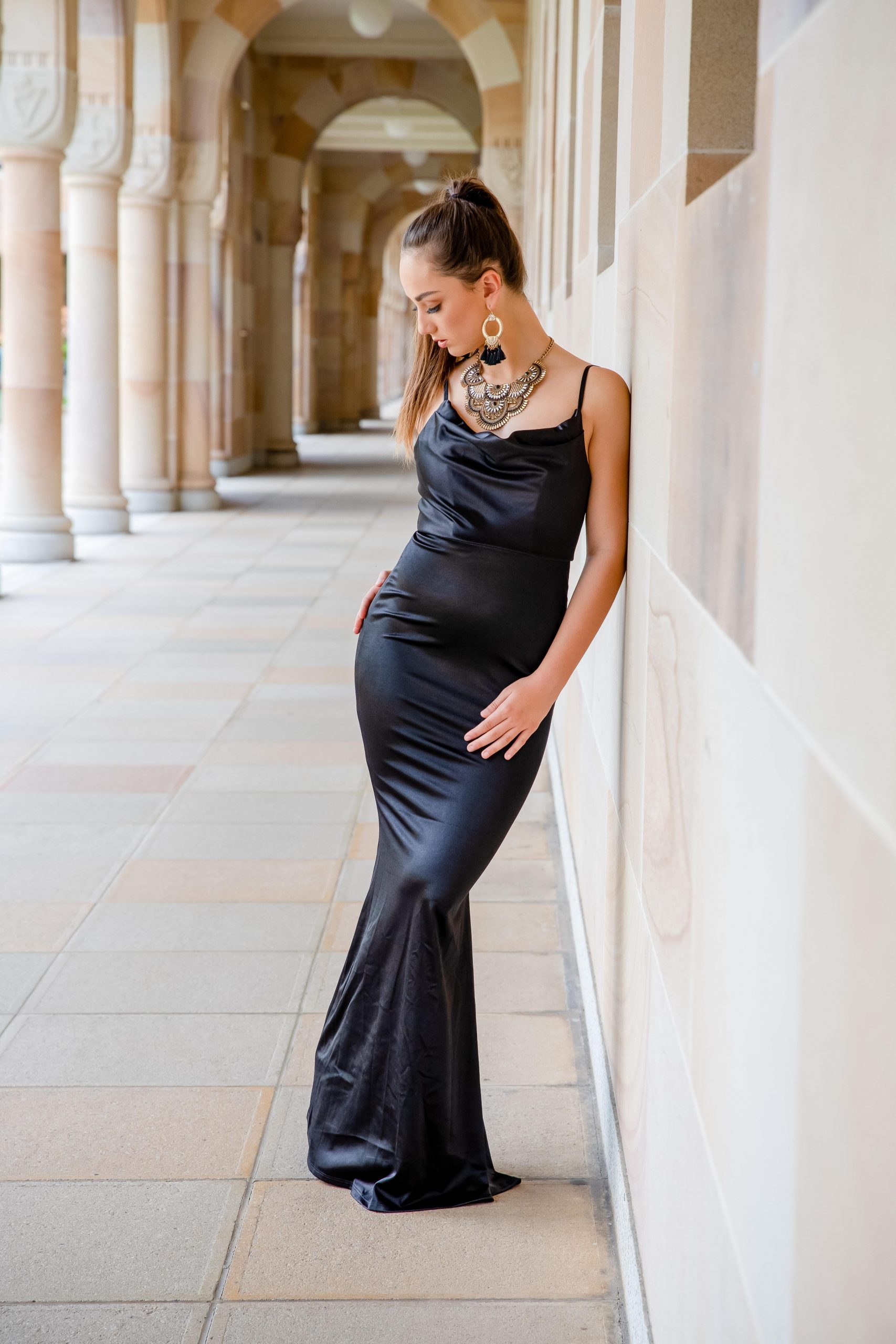The Newbie's Overview to Product Photography
If a photo deserves a thousand words, a sensational product image is worth a thousand website visits. Although I do not have data to back up that statement (yet), product photography can be extremely useful to your ecommerce internet site approach.
To reach your target audience members that prefer buying online, you additionally require to offer your target market clear, captivating photos of your items.
But product photography isn't as simple as aiming as well as shooting. Also one of the most basic products require the appropriate equipment, illumination, as well as space to create attractive photos that offer buyers right from the purchase page.
6 Product Photography Tips (and Instances) for Taking Pictures That Offer
Here are the pointers, instances, and also materials you'll need to successfully photograph and also market your items in such a way that makes your visitors as well as potential customers want to convert.
1. Don't be afraid to use your smartphone's video camera.
This is the component where I'm supposed to encourage you to invest in a high-end, 50-megapixel (MP) electronic camera with a 100-millimeter screw-on lens. But I'm not going to do that.
If you already have a camera that fits this summary, make the most of it. But also for many sorts of items, it's completely appropriate to shoot product images on a smart device.
More recent mobile phones boast powerful cam lenses as well as settings that allow you to enhance your shots for the different sorts of light and atmospheres you may shoot in.
If you need extra persuading, simply take a look at Apple's Shot On An iPhone campaign and the images that have resulted from it throughout the years such as this set:
2. Fire from a tripod for photo uniformity.
Prior Portrait Sessions to explaining tripods, I'm bound to start with a primary rule: Do not prop your phone versus something tough to aim your lens toward the topic.
It's simply also easy for this makeshift setup to move about during the shoot and create inconsistencies in your images' appearance. If you relax your electronic camera on, say, a stack of publications, just be sure this plan doesn't transform throughout the shoot.
There's no injury in holding your cam on your own when shooting just a couple of product images for your ecommerce internet site. But as your organization expands, as well as you take much more images of even more products, it can be difficult to standardize the product's alignment in each photo when shooting handheld.
To make certain uniformity throughout your items, you'll require a tripod. As well as the good news is, acquiring one isn't always the large, industrial-sized investment it made use of to be.
Here are two types of tripods to take into consideration.
Traditional vs. Versatile
This is a custom tripod-- there are conventional tripods readily available for both electronic cameras and also smartphones.
A adaptable tripod can be controlled in a variety of ways. You can bend its legs as well as position it on different surface areas to obtain the angle you require.
Mobile Grasp
There's usually a screw on the top of your tripod which affixes to your video camera to hold it in position. The bottom of many professional-grade electronic cameras has a screw opening just for this purpose, but smart devices can use the following adapter:
The adapter grasps the sides of your smartphone and also can screw into either type of tripod, allowing you to run the video camera regulates with the phone screen encountering exterior and towards you.
Once you figure out which place you'll need, set it up before your product, as well as take into consideration putting 3 pieces of tape on the ground to mark where you wish to maintain each leg of your tripod throughout the shoot.
3. Select all-natural light or artificial light.
Never ever take too lightly how particular sorts of light can boost (or impede) your product photography. Bear in mind, purchasers get the best look at an thing face to face, where they can see whatever they need to before investing in. The best lights arrangement aids you reveal those critical decision-making product functions when all website site visitors need to go on is a photo.
A solitary illumination arrangement may not benefit every product-- a lighting setup that works for some items might weaken the look of others.
There are two kinds of light you can select as your primary light: natural and also synthetic light.
All-natural Light
Natural light refers to sunshine-- easy as that. It's likewise called "soft light" since the sunlight casts a larger, softer range of light than, claim, a lamp beaming directly on the product. Ecommerce product shots prosper in natural light if:
The product is shot outside or implied to be used outside.
The product is made use of by, worn on, or shot with a person (people often tend to look far better in natural light).You're attempting to stress the product's surroundings, instead of details features of the product.


Man-made Light
Artificial light includes candles, fire, and also much more typically, light bulbs. It's also referred to as "hard light" due to the fact that it generates a smaller sized yet more concentrated light surface area. This kind of light deals with products with physical information that require to be highlighted to impress an online customer.
As a basic guideline, stay with simply one sort of light per photo-- natural or artificial. Including natural light to an synthetically lit photo can soften a product that's meant to look sharp, and also adding synthetic light to a naturally lit photo can hone a product that's indicated to look soft. You do not want to get in your own means.
4. Load or bounce your light to soften darkness.
Whether you utilize all-natural light or man-made light, you'll require to decrease the darkness that any type of potential tough light casts on the contrary end of a product.
There are 3 ways to do this:
Fill Light
Include an additional, less-intense source of light to supplement your major light. This additional light is called your fill light and is utilized as a counterbalance to soften the natural darkness your main light generates behind an object.
To do this, place your fill light opposite your main light so your product sits between both source of lights.
Flashbulb Bounce Card
A bounce card, or reflector card, is a small card that "reflects" or " jumps" the primary light back onto the surface underneath your product to minimize shadows.
Some bounce cards attach to the flashbulb of a expert cam lens to diffuse the light from the video camera's flash. This card splashes a softer light onto the subject from above your set-- rather than directly at it-- so you don't have lengthy darkness trail behind the things you're firing.
Standalone Bounce Card
If you're firing from a smartphone, a flashbulb bounce card isn't an option, because you do not have a physical flash you can affix it to. Rather, make your own standalone bounce card placed opposite your main source of light.
For beginners to product photography, this bounce card can effectively change your fill light, which counters the tough light from the camera flash or lamp that's encountering toward the front of your product.
5. Utilize a sweep or picture mode to emphasize the product.
There isn't one best way to position your product, lights, and jump cards-- they can transform significantly depending on your history. However do not choose a history based on what's easiest to create. Histories must look like how you want your buyers to view your product when watching it online.
Consider first whether you would certainly such as a white history or a much more dynamic, real-world history. There's an easy method to attain every one.
White History: Move
For white backgrounds, it's not as basic as setting up a table versus white drywall. Also smartphone video cameras can get little imperfections on a white wall surface that you wouldn't observe with the nude eye. To record a excellent white background with no edges or blemishes, use a sweep.
A sweep is a large bendable sheet of paper, whose bottom function as the surface area underneath your product and afterwards curves up into a white wall surface behind the product.
On cam, the move's curve is unseen, stressing vital product details as well as permitting the product to possess all of a internet site site visitor's Click here for more attention.
Real-World History: Picture Setting
Dynamic, real-world histories are extremely enticing when capturing items that have a details usage or are being modeled by a person-- as you saw in the picture of the briefcase earlier in this guide.
Yet, it's easy for a real-world background to take the emphasis of the photo, making it unclear which item in the photo you're really marketing.
Offer your product depth and focus with portrait setting, a photo setup on most expert cams, and additionally available on numerous brand-new smart devices. This setup blurs the history so the context of the product is clear yet not completing against the product itself.
Below is a extremely incredible photo of a HubSpot pen taken in picture mode on a Google Pixel 2 (I took this photo myself). You can inform the pen sits on a workdesk with a computer system behind it, but the pen is still the centerpiece for customers:

6. Shoot a range of photos.
My last ecommerce photography tip to you is to not quit at one photo per product. Equally as your consumers look, hold, make use of, and even try on product in a shop, your website needs to shoot a variety of pictures to mimic this really experience.
If you're shooting clothes, for example, record the garment of clothing alone-- that is, spread out on a white surface-- along with on a mannequin whose color contrasts the shade of the product.
After that, for added photos, have the clothing modeled on a individual, enabling you to take photos of the product from the individual's various postures and angles.
Product Photography Set-Up
Next off, allow's summarize what we just obtained-- here's a checklist of quick product photography set up ideas that you can describe as well as share on your group:
• Decide on a video camera-- whether that implies using your smartphone.
• Obtain a tripod that works for your electronic camera of selection.• Choose all-natural or synthetic lighting-- think about which choice is best for your product and setting.
• Determine whether you'll fill up or jump light.• Select move or picture setting.
• Take numerous different images to provide your visitors selection.
Get Started With Your Product Photography
Don't feel obligated to buy every suggestion as well as piece of equipment simultaneously. Use these product photography pointers gradually to see what makes your shop look the most nice, and change your strategy as your photography chops improve.